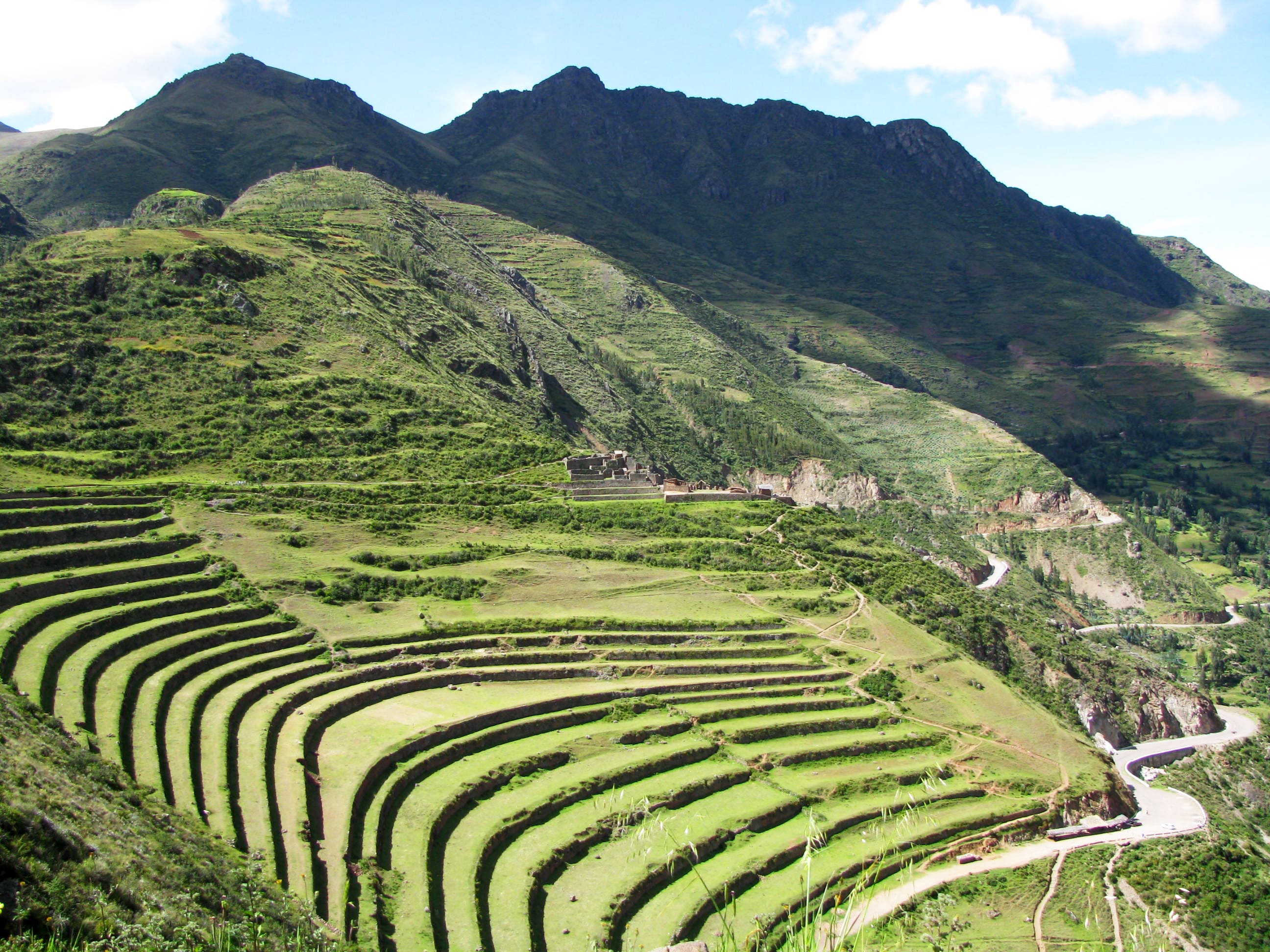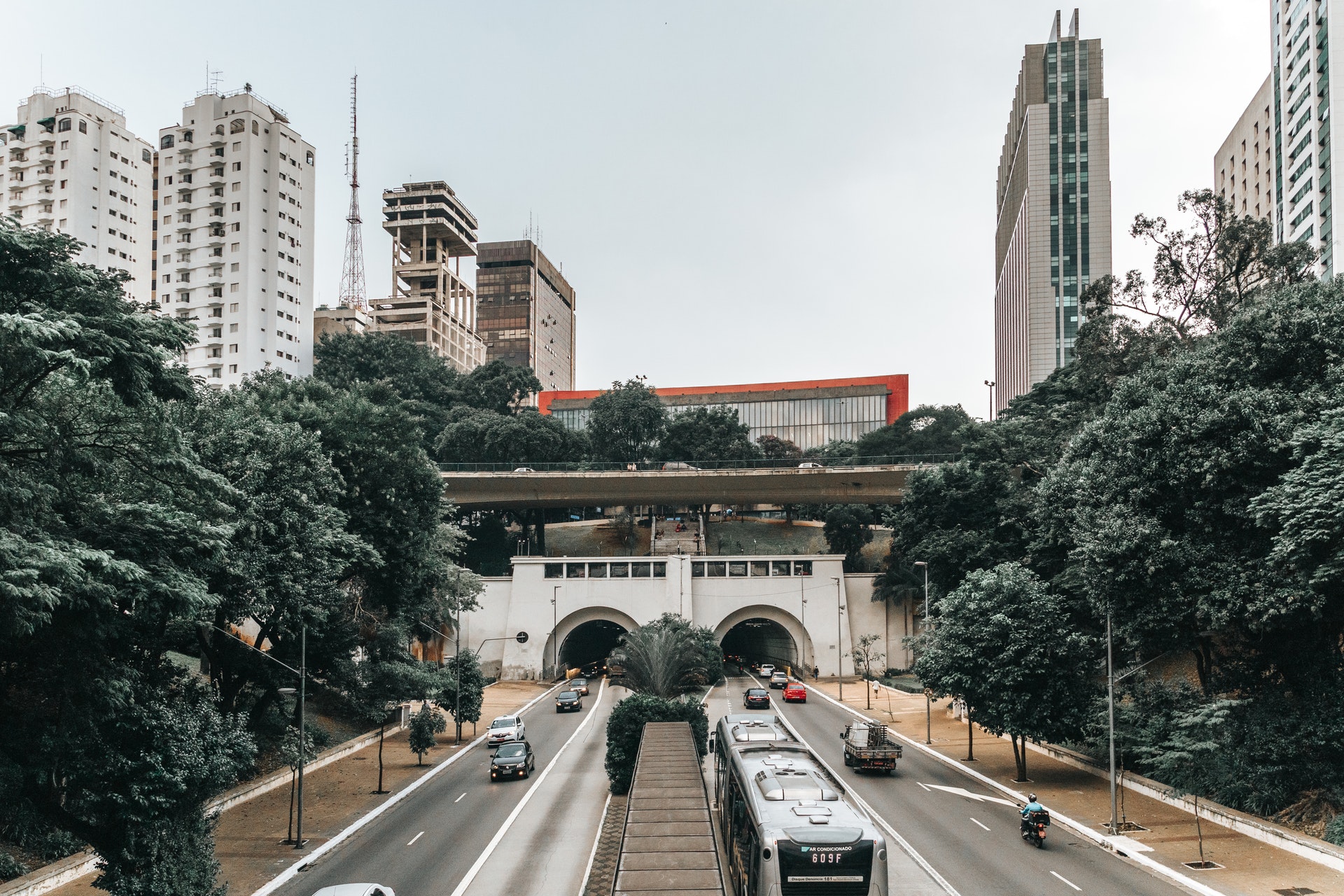News & Blog
Category
Nature-based Solutions
Nature-based Solutions and social cohesion in Latin America
By Diego Portugal Del Pino, Co-Lead, IUCN CEM Nature-based Solutions Thematic Group.
(Written December 1, 2019 for the IUCN CEM Young Professionals Network).
On my first post, I wrote about the definitions and challenges ahead of Nature-based Solutions (NbS). In this post, I would like to draw attention to the actions and perceptions taken outside European borders, particularly in Latin American. The European Union (EU) has lately been a keen exporter of the term NbS mainly through its funding projects. Online platforms such OPPLA, Naturvation, EKLIPSE, etc. provide extensive documentation about NbS in European cities; however, there are currently efforts to start providing quick profiles of NbS in other regions, such as the city profile by Naturvation about Mexico City. Latin America’s countries have been trying to integrate climate change policies into their national agendas, with approaches considering climate-smart landscapes, Ecosystem-based Adaptations (EbA), Payment for Ecosystems Services (PES), climate change adaptation and mitigation plans, etc. These terms have been widely used, and some governments have adopted them into their policies, for example as it is the case of EbA with the Ministry of the Environment in Peru and Colombia.
In the context of local stakeholders using the term NbS in Latin America and the Caribbean (LAC), some expressions have been observed. For example, in the academic sector, re-known scientists such as Francisco Escobedo have already written scientific papers about the implications NbS could mean for the region. International organisations such as FAO organised the second regional Latin-American forum on Urban Forests in which NbS was recognised as a term of growing awareness. One can expect, that after the UN acceptance of NbS at the New York Climate Summit, worldwide governments will be encouraged to place the term into their national agenda. Such is the case of Brazil where this year the EU in collaboration with the Brazilian government, released the “Contribution to a Brazilian roadmap on nature-based solutions for resilient cities’’. This indicates a step for the region to incorporate the term into its national agenda. Likewise, the NGO Ficus is planning in Lima, Peru, a promotional event on NbS for February 2020 in collaboration with international and national partners.
The situation
LAC has an average of more than 81% of its inhabitants living in cities, ranking it as one of the most urbanised regions worldwide. The area will have six megacities with more than 10 million inhabitants, as projections estimate that Bogotá will reach the 10 million thresholds in the forthcoming years, and 14.3% of the LAC dwellers will live in those cities by 2030. The other cities on the list are: São Paulo, Mexico City, Buenos Aires, Rio de Janeiro, and Lima.
Regarding ecological aspects, LAC is considered an important biological diversity region with intact biomes, and many conservation hotspots. Like many other regions in the world, growing populations and economic developments are changing environments to the point where certain activities are drifting the structure and function of important high biodiversity ecosystems. The complexity of the region can be understood better considering its geopolitical and historical drivers, for instance, weak governance, rapid population growth, unplanning urbanization, dynamic socio-political transitions, emigration to cities, poverty, formal and informal real estate markets, and socioeconomic inequities (Tellez, 2018; Dobbs et al., 2018). Studies in large metropolitan Latin American cities revealed that patterns of social and economic segregation had long term social consequences, specifically in increasing social and spatial inequalities within urban societies.
To sum it up, following Sanchez de Roldán, you have to appreciate LAC as the story of an endless tension between deteriorating social conditions and the conviction to achieve development based on economic growth-oriented policies.
NbS in the local context
According to Dobbs and coworkers, it is important for the region to collect more information about urban ecosystem services and apply them to the characteristics of the area addressing the current social, environmental and economic problems. They along with Escobedo and others argue that it should not be minimised the fact that NbS and other related terms are developed in high-income countries. For instance, the drivers expressed above differ from the developed nations’ scenarios where terms are often created. The local stakeholders recognise these terms are originated in the northern hemisphere and their applications in other regions might be neglecting the local conditions.
Notwithstanding, one of the IUCN principles for NbS is to be site-specific natural and cultural contexts that include traditional, local and scientific knowledge (see Principle 3 in IUCN, 2016). The challenge is to be able to apply the principles fairly and equitably. In a region that suffers heavily on inequalities, NbS should have as a priority to avoid the exclusion of minorities or medium-low level income sectors. Let’s not forget that currently some LAC’s countries are experiencing episodes of political turmoil due to inequalities and therefore, other national priorities might stand out over NbS.
Social cohesion and its opportunities
For the reasons mentioned above, the important aspect I would like to stress out about NbS in LAC is the potential it has to achieve social cohesion. The framework to assess NbS considers ten challenges areas and their potential indicators. Among them are social justice and social cohesion. Numerous have been the cases around the world showing that in places where the public was active and determinate, their participation creates a foundation for the acceptance towards a pressing problem (Schweizer et al., 2016). With all the social issues in the region, the term social cohesion has become central to the Latin American development narrative (Rodriguez and Alvarado, 2008). Serenovich feels that environmental-focus solutions can serve as a solution for social inequalities that the current policies are not addressing. One good example in LAC, is the situation revolving the Van der Hammer reserve in the city of Bogotá, where diverse civil society groups united against the urbanisation of the reserve. As of today, the reserve keeps standing, proving that environmental resources could be better protected when different stakeholders rally towards a common goal.
The IUCN NbS principle 4 mentions producing societal benefits fairly and equitably, in a manner that promotes transparency and broad participation. Approaches such as bringing the forest back to cities create a sense of belonging that can empower citizens to be active participants and promote the collaboration between its members. The famous ecologist E.O. Wilson (1964) postulated the biophilia hypothesis, which states that human being has an innate connection with nature, and this exposure is essential for our development as a species. FAO’s message, place-making, place-keeping urge the importance to policymakers to ensure the participation of as many citizens as possible to take responsibility for the governance of public goods, since public participation helps to transform spaces into places.
In this line, the whole narrative of NbS aims to gather members of a society to act on behalf of the environment by implementing holistic solutions that will benefit both humans and nature. Partnerships and collaborative efforts, in turn, help local authorities to adopt action-thinking approaches, declaring actions towards NbS implementation area and assuring the main goals NbS encompasses.
I would like to finish suggesting that NbS might gain more attention in LAC by highlighting the social benefits. If national governments are willing to use the language of NbS, it will be essential to link NbS with its potential to tackle inequalities in the region.
Earlier on the post, I mentioned about a promotional event on NbS in Peru. If you would like to know more about it, please feel free to contact Nicole Heise (President of Ficus) or me.
More information on IUCN CEM’s work on NbS can be found here.





